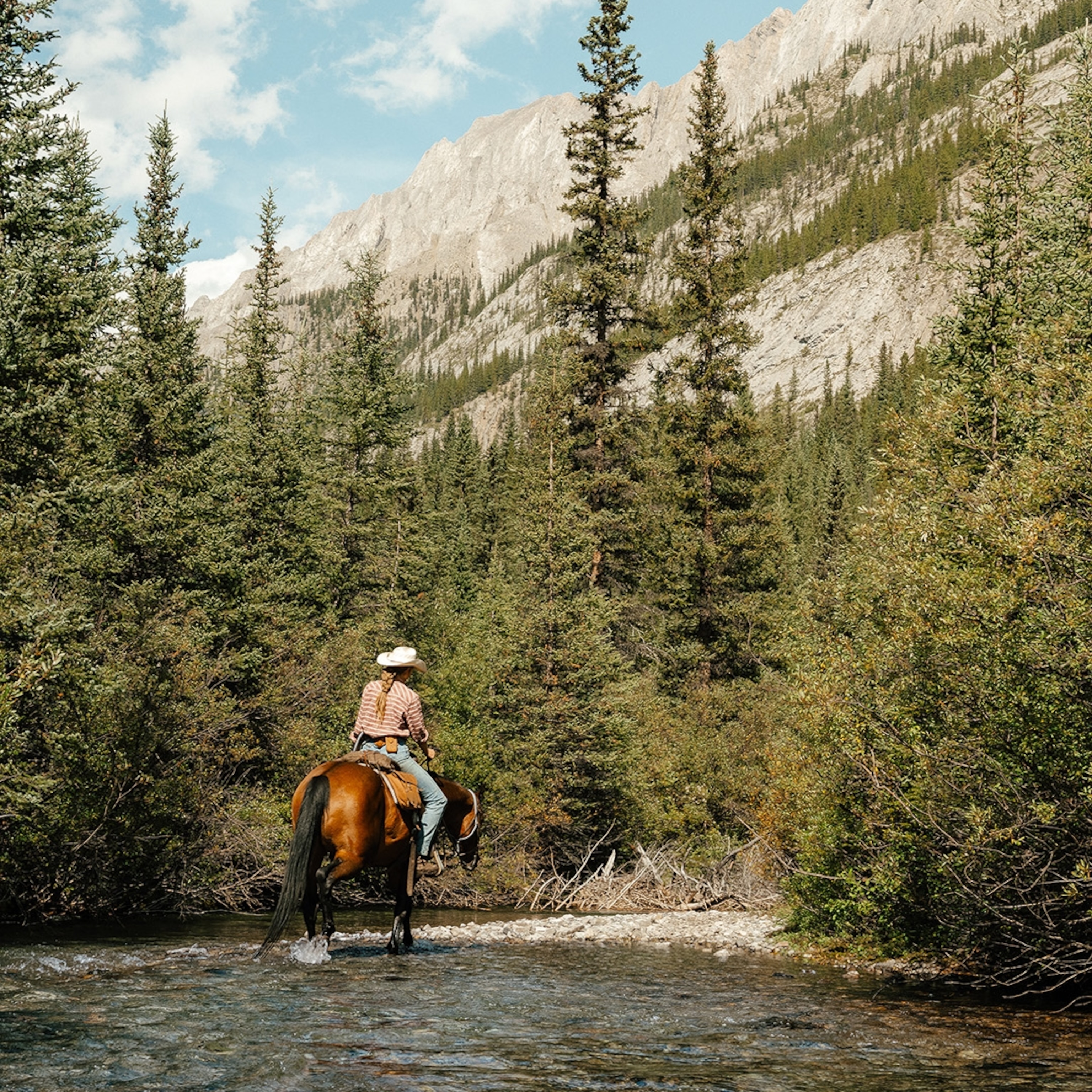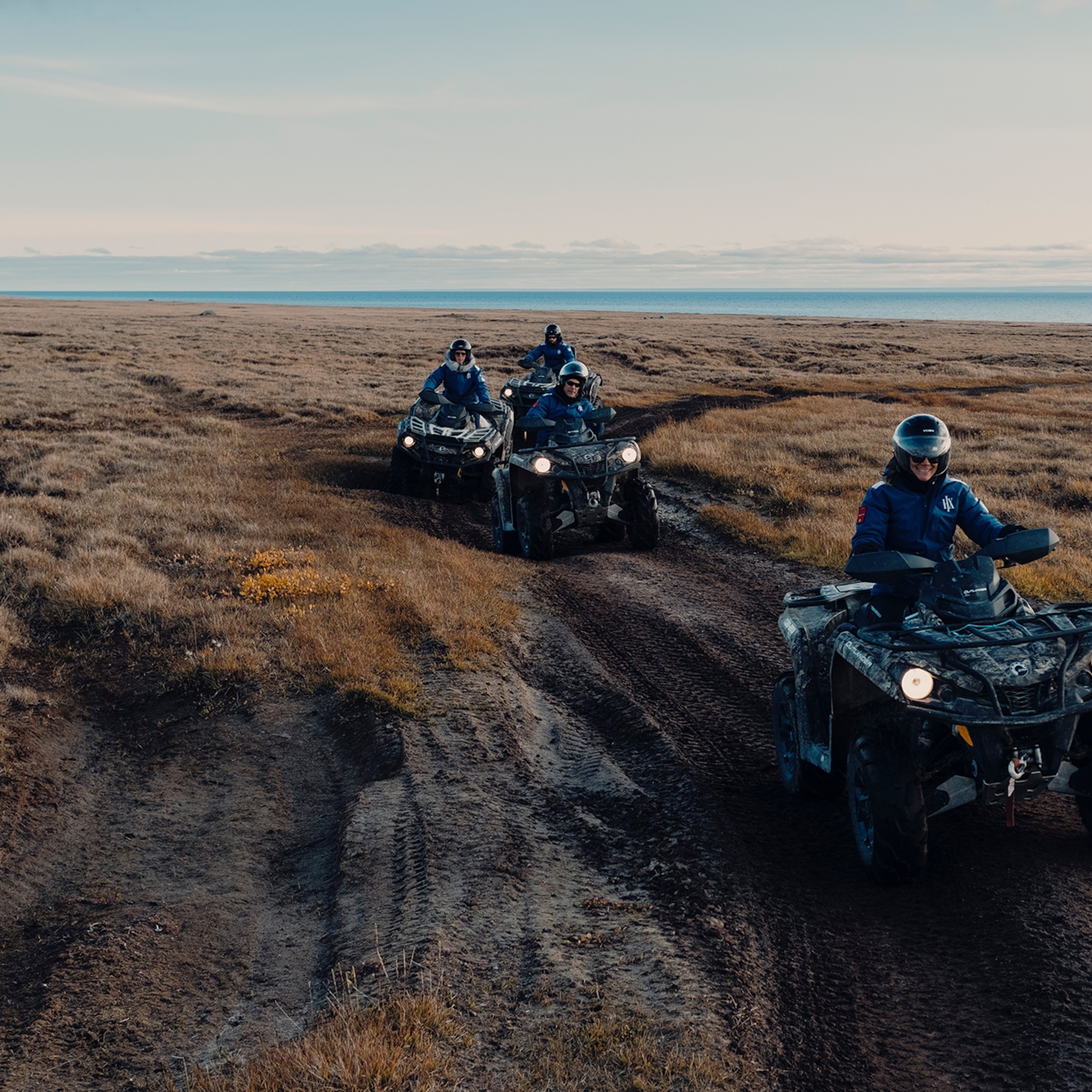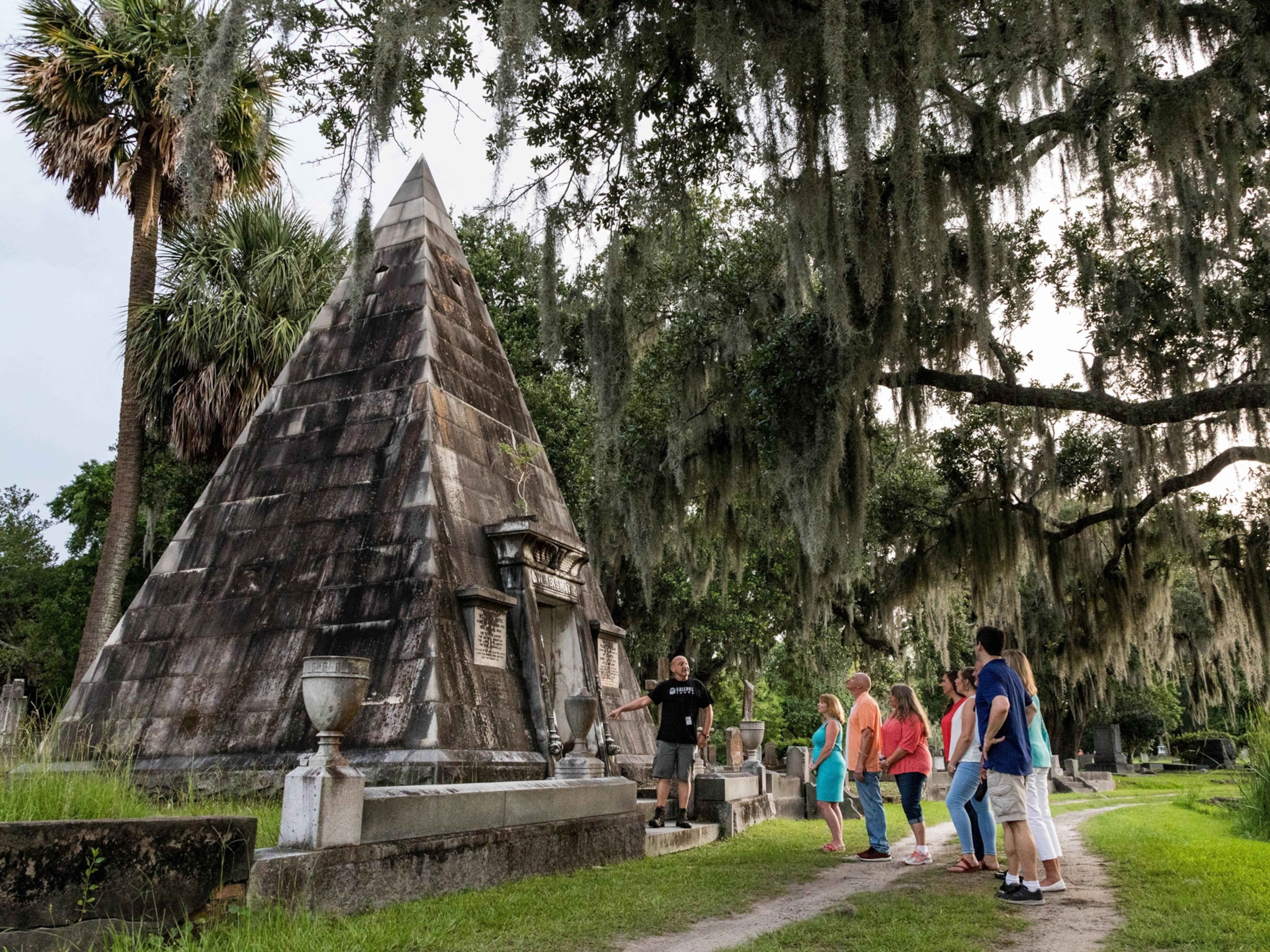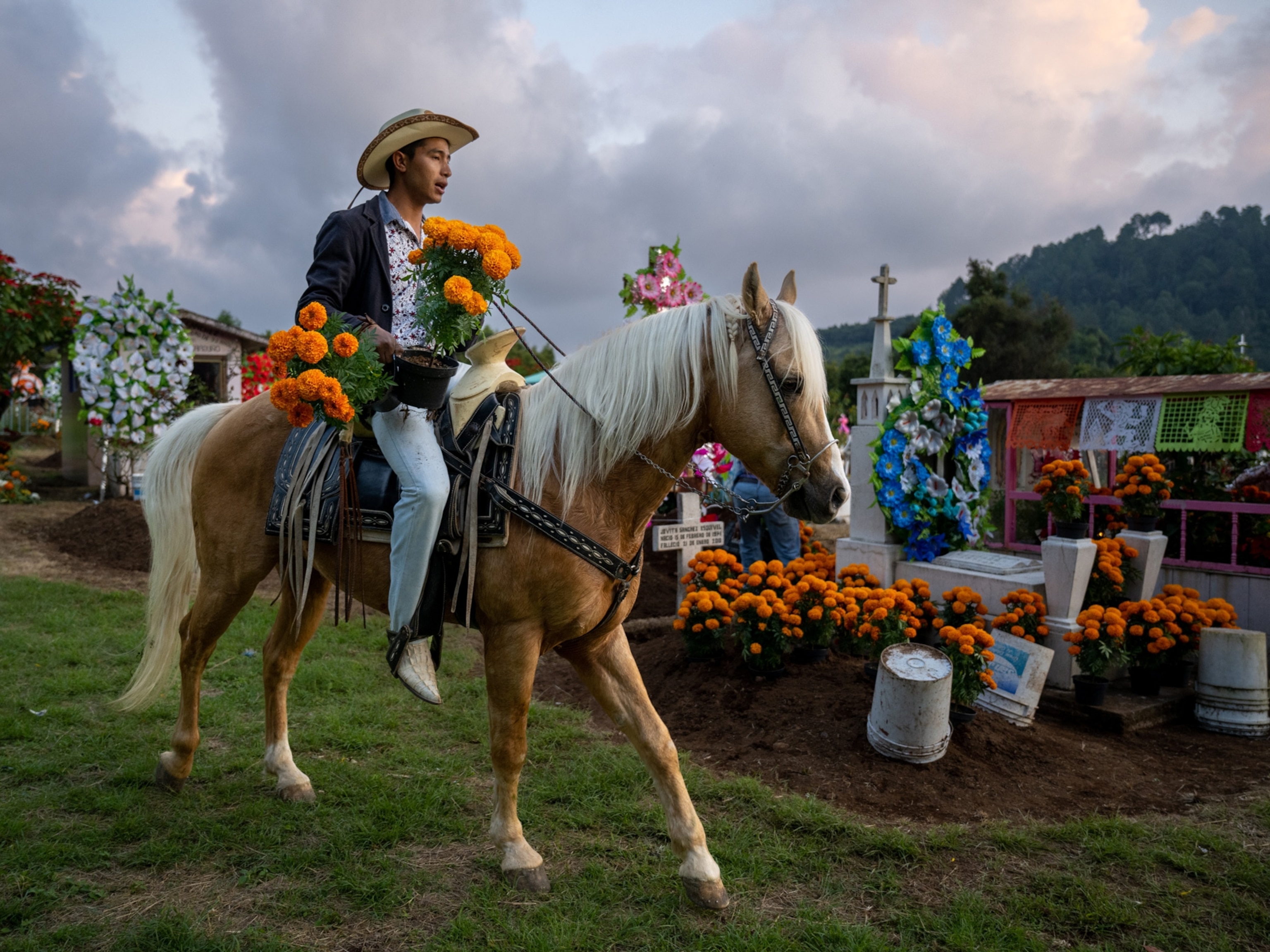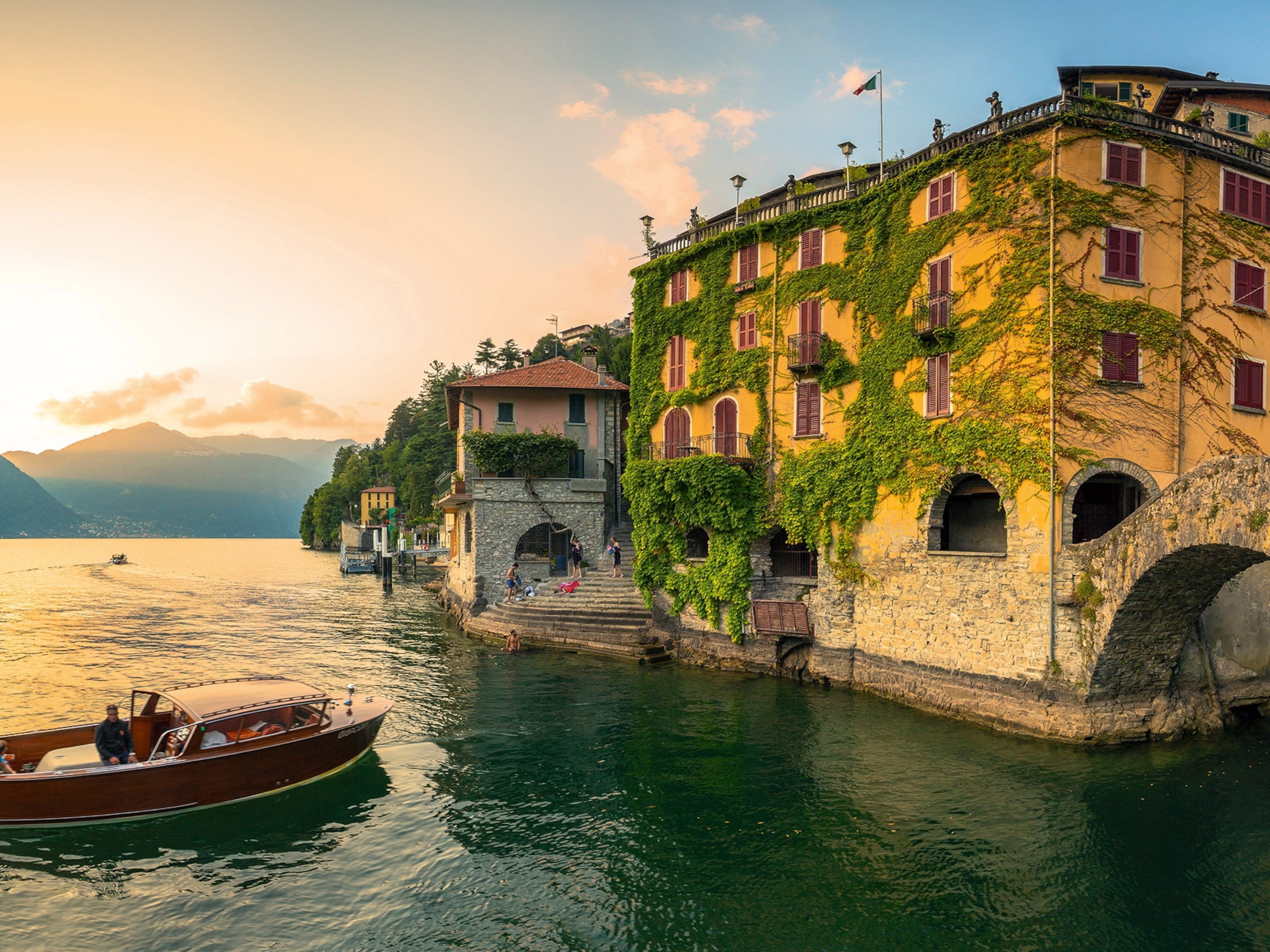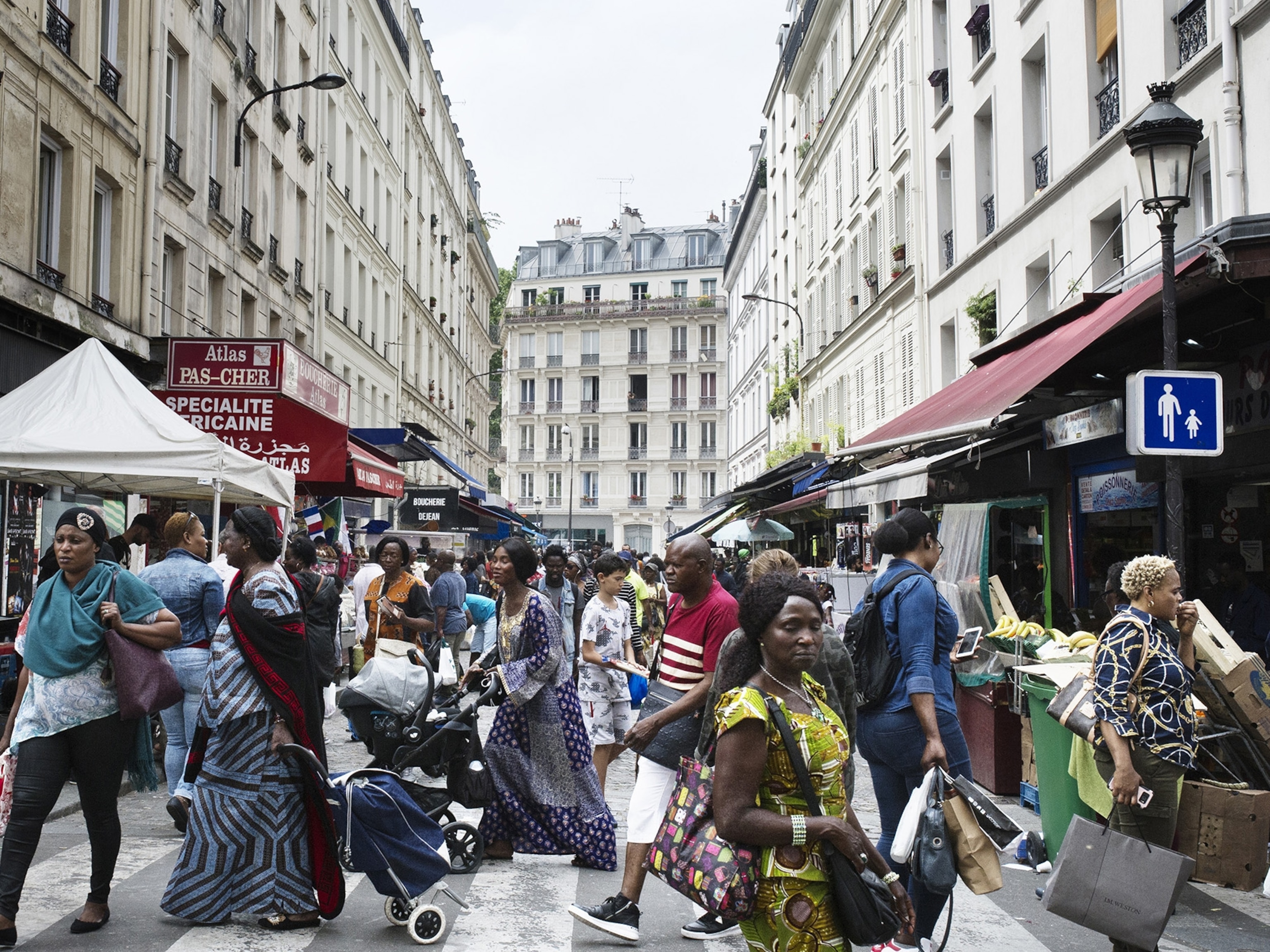Hawaii’s former leprosy colony offers visitors a rare glimpse into history
Kalaupapa National Historic Park on Molokaʻi’s remote north shore now offers visitors a deeply personal tour of what was once an isolated quarantine zone.

For the first time in more than five years, visitors can now return to one of America’s least-visited national park sites in Hawaiʻi. Closed since March 2020, Kalaupapa National Historic Park is open again, albeit under strict limitations, with the introduction of a brand-new tour that offers travelers a rare glimpse into a powerful, ongoing chapter of Hawaiian history.
Even before the pandemic closure, Kalaupapa was historically and statistically one of the least-visited national park sites due to its remote location, difficulty and expense of access, strict limitations on visitors, and its unique situation of housing “patients.”
When leprosy, also known as Hansen’s disease, broke out on the Hawaiian Islands during the mid-1800s, everyone who contracted the disease—adults and children alike—was sent to Kalaupapa to live in forced isolation. Over the next 100 years, more than 8,000 people would die there on Molokaʻi’s remote north coast, separated from their families.
“Kalaupapa preserves the stories of those who lived in isolation after being diagnosed with Hansen’s disease,” says Nancy Holman, superintendent of Kalaupapa Park. “Today, the settlement remains home to a small number of cured patient-residents whose privacy is protected by restricting visitation to guided tours only.”
Once a place of exile and tragedy, the park and its resident patients hope the tour will inspire a renewed compassion and understanding as it enters the next chapter in its history.
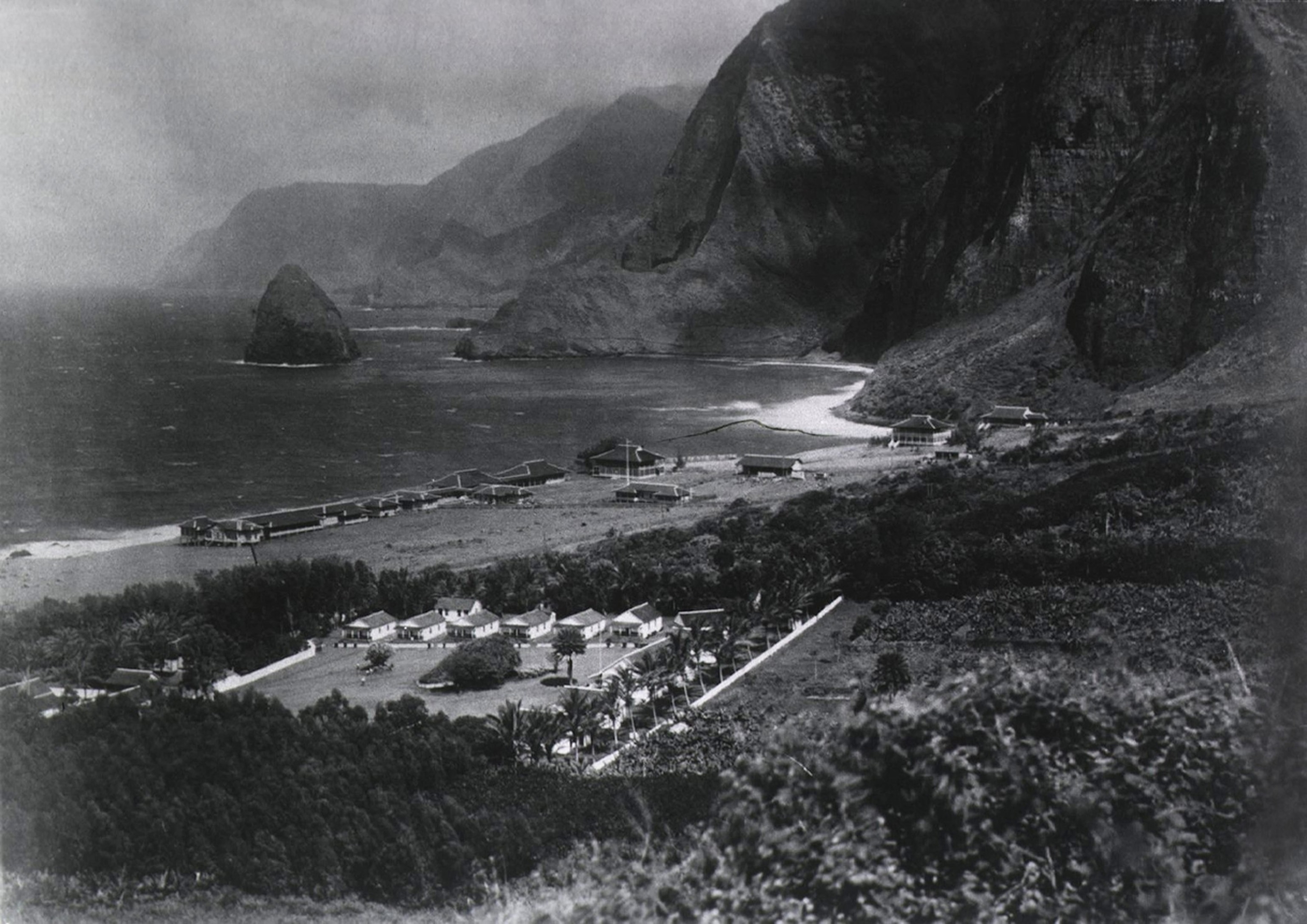
A brief history of Kalaupapa
In the mid-1800s, leprosy began to spread in the Hawaiian Islands. People didn’t know much about the disease at the time, but its contagious and often-disfiguring nature sparked wide public fear. In response, the Hawaiian government ordered all people who contracted leprosy into forced isolation on the Kalaupapa Peninsula.
Its geography made the peninsula the perfect place. The base of the 17-square-mile, relatively flat peninsula juts out beneath 3,000-foot sea cliffs, which are among the tallest in the world, making it extremely difficult to access. Or in this case, extremely difficult to escape.
In 1865, the Kingdom of Hawaiʻi’s Board of Health enacted The Act to Prevent the Spread of Leprosy. The Board began sending patients to Kalaupapa in 1866. Researchers didn’t develop effective treatment methods until after World War II. The process of forced isolation at Kalaupapa did not end until 1969, and by that time, more than 100 years had passed, and approximately 8,000 people, mostly Native Hawaiians, had died there.
When the government ended forced isolation in 1969, officials allowed patients to choose whether to stay or leave, and many—perhaps surprisingly—chose to remain at Kalaupapa. But there were good reasons to stay. Some had lived there so long, having been brought as children or young adults, that it had become their home—in many cases, the only home they knew. Hansen’s disease carried a stigma along with it. Patients who left Kalaupapa were sure to face challenges in the outside world.
The deal was that any patient who decided to stay would receive support from the State of Hawaiʻi for the rest of their lives, and so, many stayed. Today, six still call Kalaupapa home, ranging in age from 84 to 101 years old.
(Discover more about this national park that was once an isolated quarantine zone.)
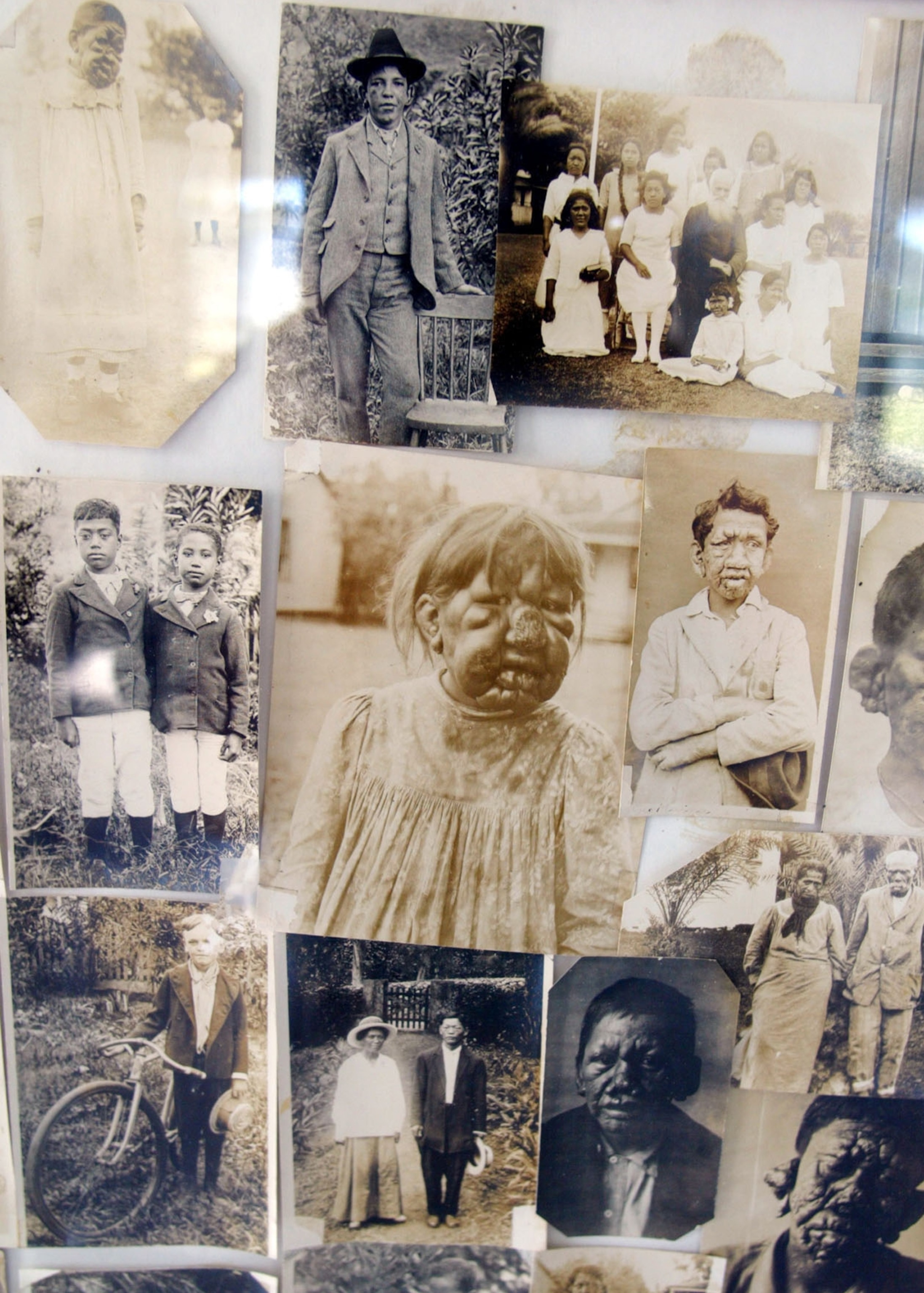
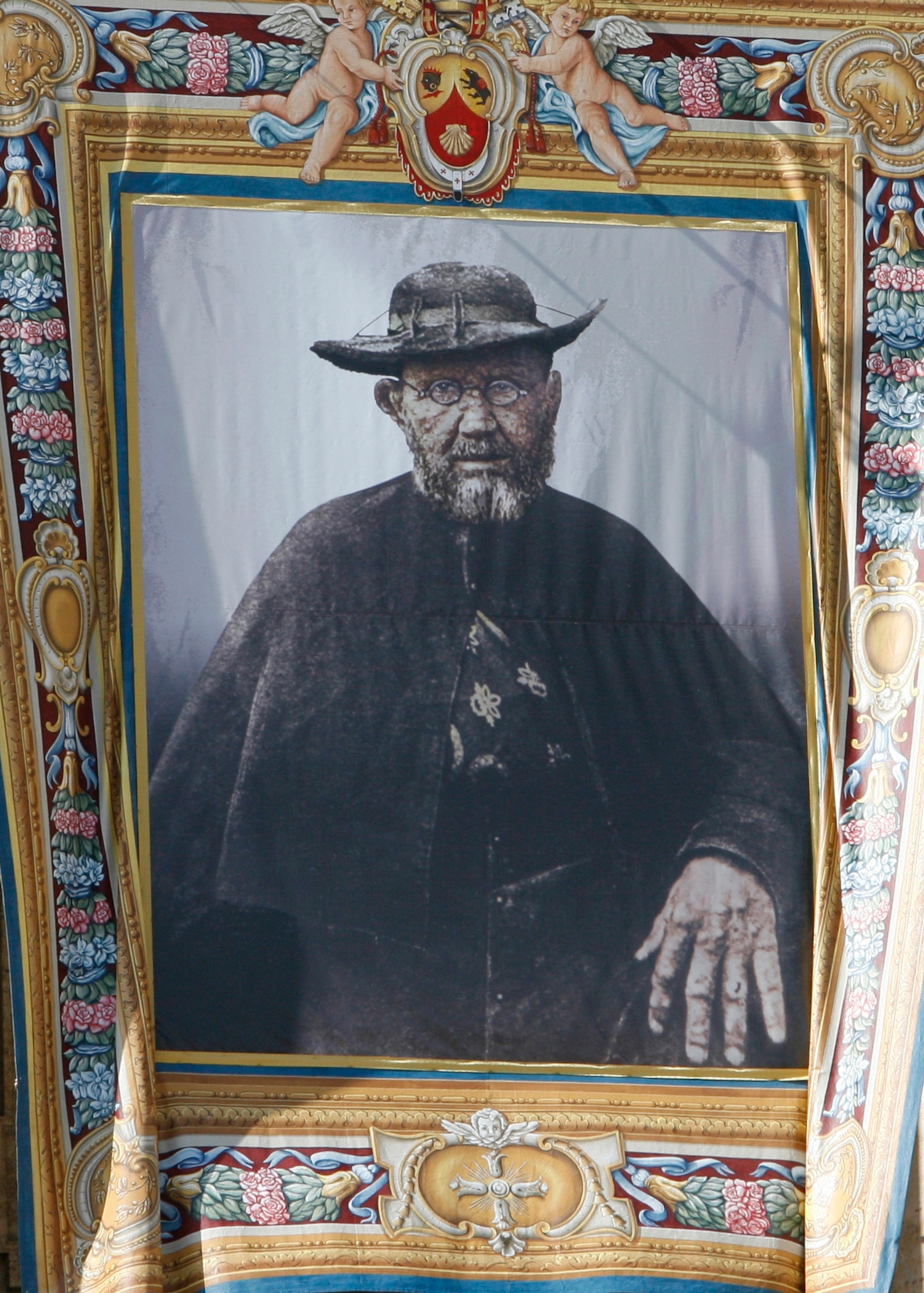
Tours resume under a unique situation
Kalaupapa Peninsula became a national historic site in 1980 with a mission to not only preserve the deep, dark history of the place, but to support and share the stories of kindness and compassion of the people who lived, worked, and died there, including historic figures like Father Damien, canonized as a saint for his work at Kalaupapa.
Another key part of the agreement with the Park Service is that it would support the remaining patients, medically and socially, and offer them the right of first refusal to organize any public tours to Kalaupapa. This way, the patients-residents would be assured their privacy and have complete control over any commercial activities in the park.
It was for this reason—along with a few other logistical hurdles following the pandemic—that Kalaupapa remained closed for so long. Patients sponsored all previous tours, and the hope was that the tradition would continue. It took some time to get everything in order, but now, one of the remaining patients, Meli Watanuki, is aiming to give the public a fresh perspective with her new tour, the Kalaupapa Saints Tour, which launched in late September.
Brought to Kalaupapa when she was just 18 years old, Watanuki turned 91 in October 2025. She says having visitors back to the settlement ensures that future generations know the whole story of Kalaupapa. As with many historical events, smaller stories of community, hope, compassion, and kindness often emerge to counter the larger stories of tragedy and wrongdoing.
“It warms my heart to see visitors walking in the footsteps of the saints and of so many who came before,” Watanuki says. “Kalaupapa has always been a place of love and faith, and it’s a blessing to share that spirit again.”
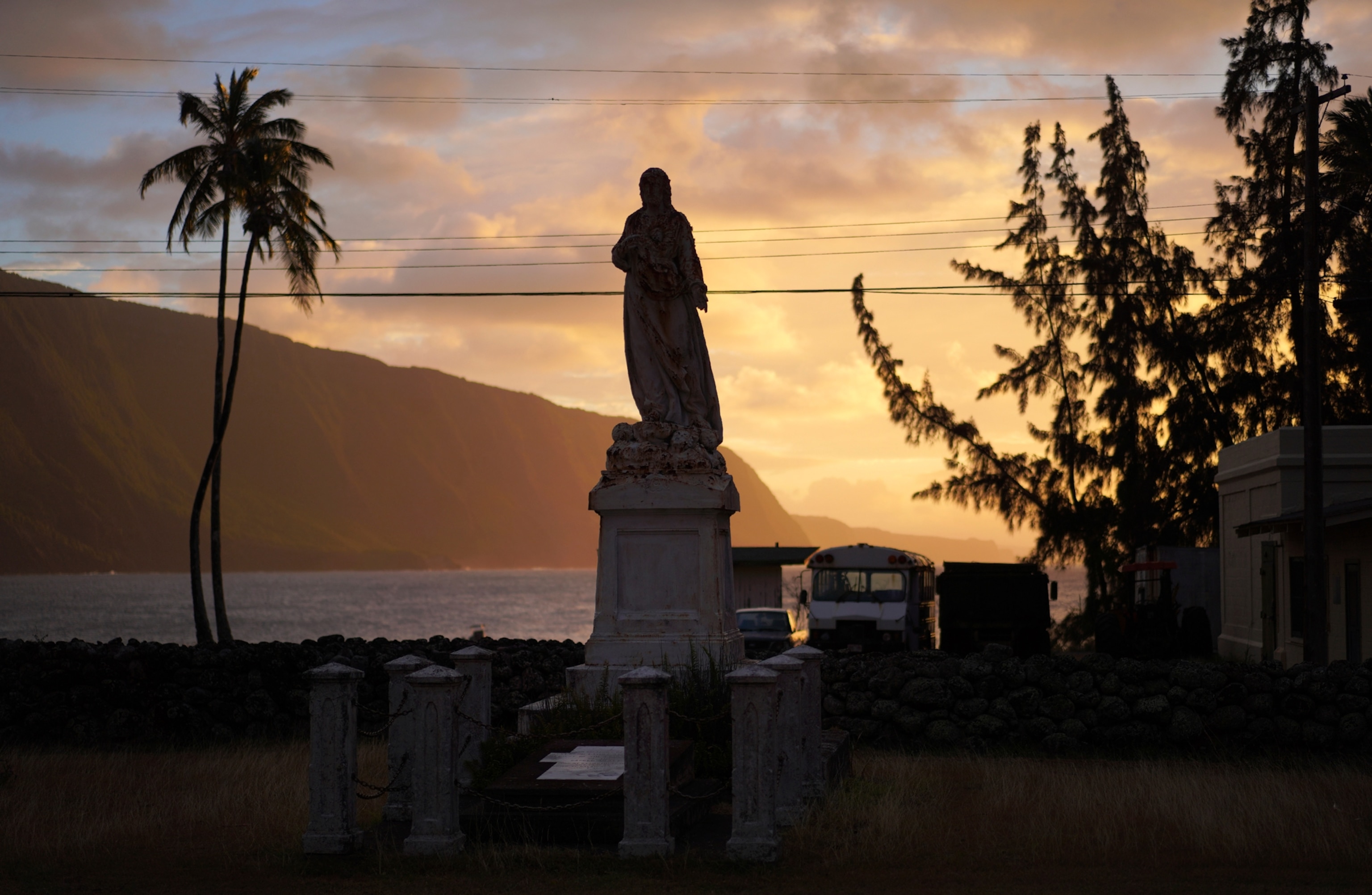
‘A golden cage’: A mix of hope and tragedy on the tour
A visit to Kalaupapa can be a confusing experience. Upon arrival, visitors can’t ignore the beauty of the place—towering sea cliffs, beautiful ocean views, a seemingly idyllic village, and a peaceful, calm atmosphere. You may want to move there, or at least, consider it as a “golden cage,” as I did on my first visit back in 2013.
The Kalaupapa Saints Tour aims to capture this dynamic by sharing both sides of the story, the good alongside the bad. It visits key historic sites on the peninsula, which was once a bustling community with more than 200 buildings, complete with homes, a theater, a bar, a grocery store, a gas station, an airport, cemeteries, a post office, a jail, and a lighthouse.
Interactions with the patients, including Watanuki, are possible but situationally dependent (or not guaranteed) due to their age and ongoing medical needs.
Currently, the tour originates at the Honolulu Airport on O’ahu. From there, after a briefing, guests take a 30- to 45-minute flight over to Molokaʻi and land directly on the Kalaupapa Peninsula for a full day of exploration, lasting more than seven hours. Then, guests take the return flight to Honolulu at the end of the tour.
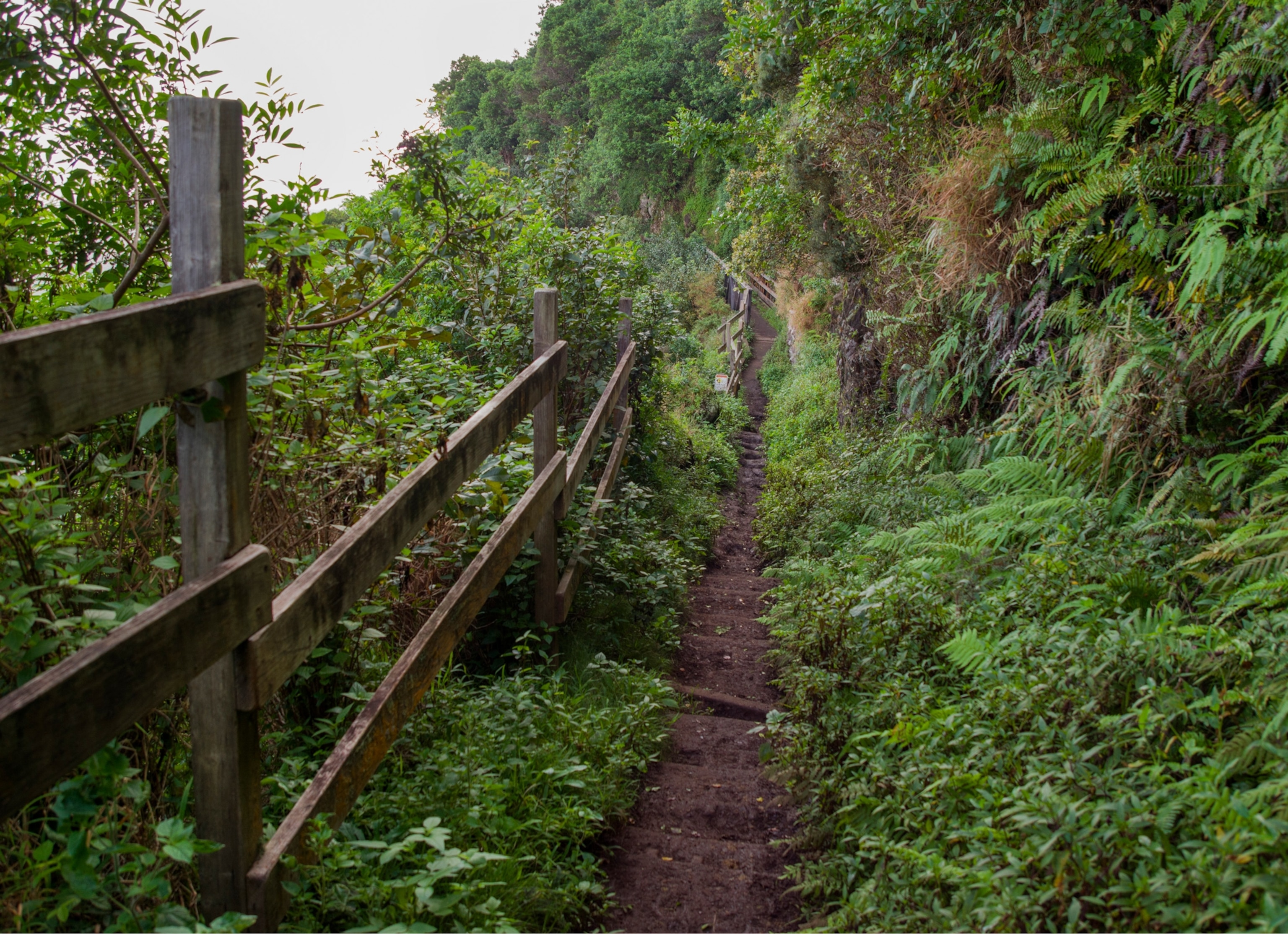
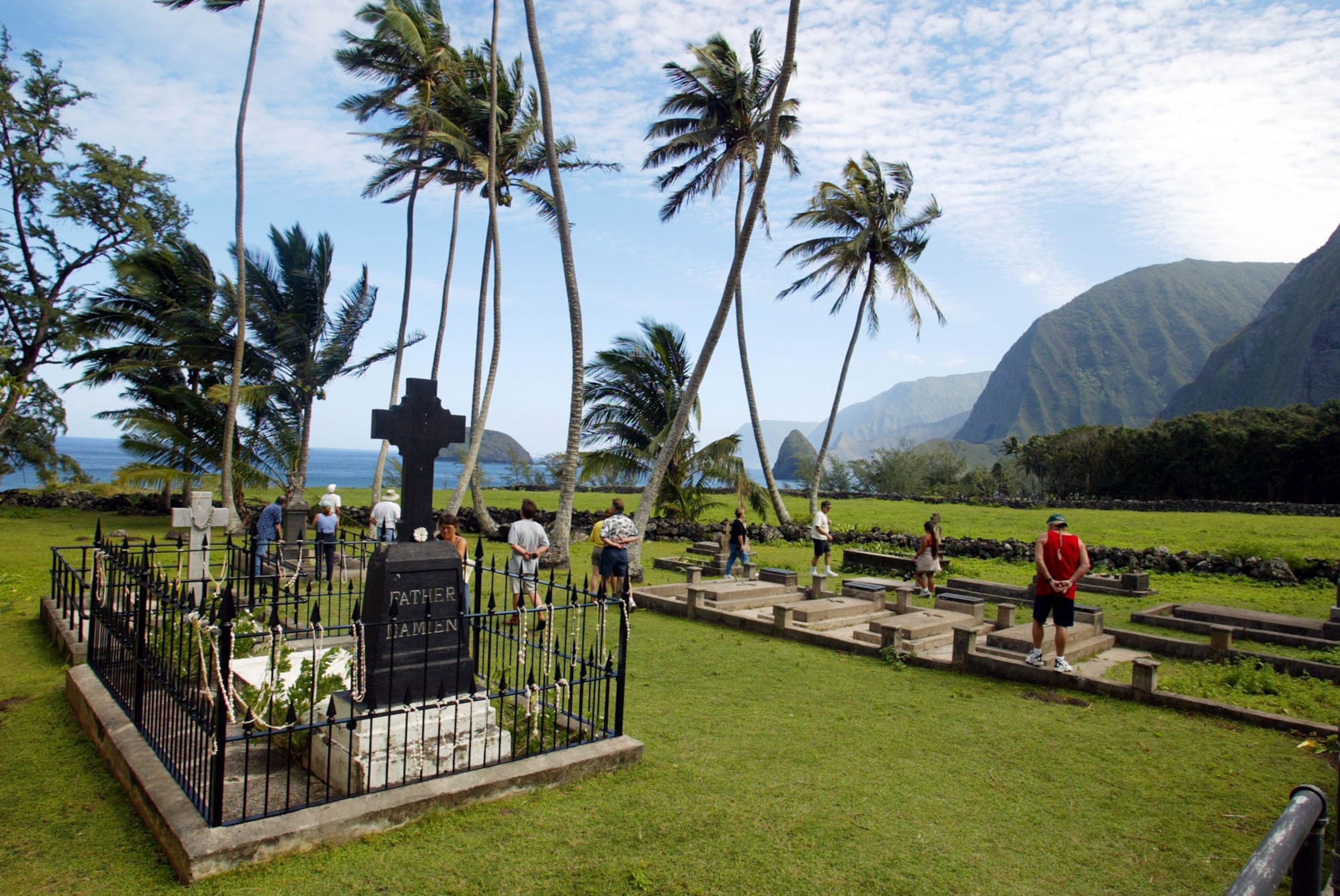
As of this writing, only eight people per tour are permitted to visit Kalaupapa due to limited transportation capacity, flight availability, and the fact that only a handful of tours are offered each month. Because of the limited number of airline seats to Molokaʻi (nine per flight), the limited tour dates (only four in December, for example), the limited on-ground transportation capacity (maximum 16), and the fact that the tour originates on Oʻahu, the cost is an eye-popping $625 per person. At this point, visiting Kalaupapa appears to be reserved for high-end travelers, which hasn’t impacted demand, with sold-out tours for the remainder of 2025.
However, Randy King, founder of Seawind Tours & Travel, the company working with Watanuki to help execute the tour, says that 2026 tour dates will be announced soon, hopefully with more frequency. Tours will eventually launch from Molokaʻi as well, which could potentially reduce the price. When that happens, guests will be able to fly to Kalaupapa from Kaunakakai Airport on “topside Molokaʻi” or the accessible area of the island, north of the sea cliffs on the island’s northern coast.
For those who have visited Kaluapapa previously and are wondering, there are no plans to restart the more affordable hiking or mule ride options that once existed from topside Molokaʻi. Patient-residents who previously ran these tours no longer offer them.
When and if tours originating from Molokaʻi become available again, travelers should complete the experience by visiting the Molokaʻi Museum to view its Kalaupapa collection, which includes old photographs and documents, as well as the Kalaupapa Overlook that provides a sweeping, panoramic view of the peninsula from the top of the sea cliffs.
Regardless of where the tour starts, King recommends preparing yourself for an active and emotional day.
“Your day in Kalaupapa will affect you,” says King. “There’s a lot of beauty, a lot of sorrow. Take it all in and imagine what it was like when a thousand people were living there, when they all worked together to create a wonderful place to live. Yes, people were banished there, but they found a way to work together, to make it home, and this is the story that inspires us today.”
